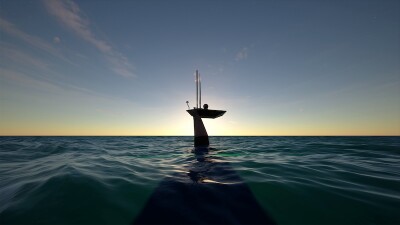When planning a voyage, water depths are typically the primary consideration and this process is the foundation for all that follows. If you are sloppy and careless about voyage planning, then your safety margins are reduced before you even fire up the mains.
So it follows that hastily or haphazardly planned routes, whether laid down on paper charts or plotted electronically, may not have received an adequate level of scrutiny for general suitability and specific navigation hazards before being used. It definitely pays to take your time to ensure you aren’t missing anything important. It is also a good idea to build in extra maneuvering room and/or under-keel clearance when available. It’s a given that parts of voyages will almost always involve maneuvering in close proximity to hazards. A few prime examples of hazardous spots are British Columbia’s Seymour Narrows, the chokepoint of Discovery Passage, and New York City’s Hell Gate — the bottleneck of the East River. There are many others.
Then why do mariners, often by choice, give up the space, time and water depth that improves safety margins when they don’t have to? This can be very hard to understand. Nevertheless, choices made regarding courses steered and the selection of throttle settings should never be random or arbitrary. If you wouldn’t feel comfortable explaining why you made these choices after an incident occurs, then you should make better choices before the fact.
The age-old human tendency towards taking shortcuts usually brings with it additional risks. How carefully and, most importantly, how accurately you’ve analyzed those risks will largely determine how successful you are likely to be. But without good raw data you’re starting out in a hole.




